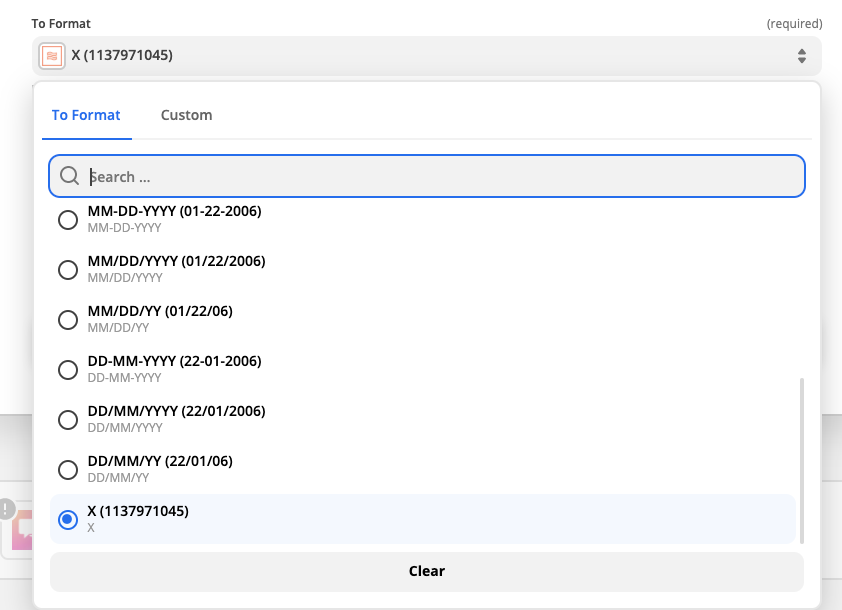

With this last example you can face two errors like: t2 = timedelta(hours=end.hour, minutes=end.minute, seconds=end.sec)ĪttributeError: 'datetime.time' object has no attribute 'sec' t2 = timedelta(hours=end.hour, minutes=end.min, seconds=end.second) T2 = timedelta(hours=end.hour, minutes=end.minute, seconds=end.second) T1 = timedelta(hours=start.hour, minutes=start.minute, seconds=cond)
Linux date now minus minutes code#
This example use time delta and you can see the code below: from datetime import timedelta There is one more example which can be used. TypeError: combine() argument 2 must be datetime.time, not datetime.datetime The ‘currentdate-1’ is valid only for the day you used this command otherwise, it will not work. In this way, we can get the currentdate minus 1 day. You can do time math with these & get things like tomorrow’s date: Time.now + 1.day. 1.hour.toi 3600 1.day ActiveSupport::Duration 3.days.ago ActiveSupport::TimeWithZone. For example, instead of seeing the current date, we can see the date and time from five days ago, five years in the future, etc. We will fetch the dates of two columns joindate and selectiondate from the rows having the selectiondate equal to the currentdate-1. Here you can find some examples, notice how these methods don’t return Time or Date objects, but a custom ActiveSupport class. If you give date instead of time you will get an error: The date command on Linux can be used to see the current date and time, but we can also use addition and subtraction arithmetic with the command to extend its functionality. You need to be careful if the start and the end are in different days or in another words - midnight is not passed. As well as '-30 minutes', you can say '30 minutes ago', which matches that.

For instance, if sec is -10, it means -10 seconds from the time specified by the other fields if hour is 1000, it means. thanks, would be ideal if I had one that worked on both linux centos and osx, but I can live with 2 versions for now. GNU date uses your system settings (the TZ environment variable or, if unset, the system defaults) to determine the timezone of both the date feeded with the -d / -date option and the date reported by the +format argument. If you are going to pass currentDate back to os.time, just add your value for minutes to the value in currentDate.min, according to the Lua manual: The values in these fields do not need to be inside their valid ranges. The difference is the here we measure the time only. In case you are on OS X, the equivalent option is: date -u -v-30M. Print(bine(date.min, end) - bine(date.min, start)) The example below show the usage: from datetime import datetime, date This is by using datetime and subtract of the two times.Īnother way to subtract dates in python is by using datetime method combine.
Linux date now minus minutes full#
The example below shows the first way to achieve this: from datetime import datetimeĪs you can see the result is shown in full time and as a final difference in format: h:mm:ss.mmmmmmm. Program 2 : Java Example Program to subtract seconds from given string formatted date time using java 8. In this article we are going to measure the time of a given method by roughly getting the start and the end of the method. After 30 minutes subtraction from date: 21:30:00.

Python and P圜harm performance profiling.In this article you can find 3 examples:įor more complex benchmarks you can check this articles: select dateadd (m,30, '' ) dateadd - 00:30:00 (1 row) You can name date parts in full or abbreviate them. The following example adds 30 minutes to a date value that doesn't specify a timestamp. The default timestamp for a date value is 00:00:00. If you need to do simple time measurement - the start and the end of a given code and then to find the time difference between them - you can use standard python modules like time, datetime, date. The default column name for a DATEADD function is DATEADD.


 0 kommentar(er)
0 kommentar(er)
